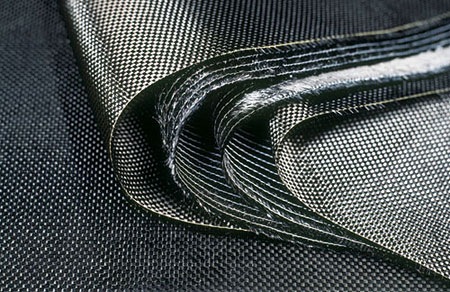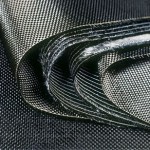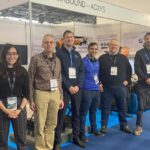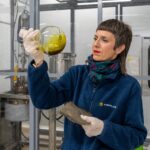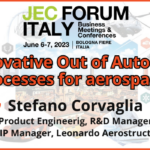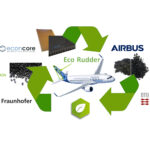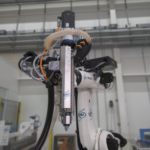Newest in automation and technology for MRO on carbon fibre-reinforced aircraft composites at the MRO Middle East fair 2015 in Dubai
A German consortium presents the newest in automation and technology for maintenance and repair on carbon fibre-reinforced aircraft composites at the MRO Middle East fair 2015 in Dubai.
For the newest generation in aircraft such as the Airbus A350, the youngest aircraft in Qatar Airways, carbon fibre reinforced composites are being used also at the primary structural level. Whole wings and fuselage sections are being produced from the ultra-light carbon fibre.
This is producing a challenge for the maintenance organizations whose conventional repair processes can no longer be used. Carbonfibre components or “Carbon Fiber Reinforced Plastics” (CFRP), they are called in the aviation industry, require completely different repair processes with totally different technologies. The aviation industry is looking for adequate solutions which will make it possible to repair their CFRP aircraft at the highest quality level because also in the age of carbon, damages can still occur on aircraft skin during flight and ground operations. For repair companies who are meeting this challenge, they now face high specialization and automation requirements which are connected to high investment.
A good platform to present these new technologies is the MRO Middle East conference from the 2nd to the 3rd February 2015 in Dubai/UAE. The booming aviation industry in the Arabian Golf is putting an emphasis on the most modern aircraft and will therefore sooner or later be confronted with the theme of carbons.
Heico Aircraft Maintenance GmbH, who is active in the MRO industry (Maintenance Repair Overhaul), will use the MRO Middle East to present the newest technologies and strategies for bonded repairs which can be directly performed on the aircraft without the necessity to remove the parts from the aircraft. Reproducibility and documentation of every step of the process are high on the agenda with the target, to perform repairs at production quality.
Together with their partners SAUER GmbH, Marcotodo Wärmetechnik GmbH and the Fraunhofer-Institut für Fertigungstechnik und Angewandte Materialforschung and IFAM from the CFK NORD in Stade, Heico Aviation Services are busying themselves with the development of special processes which enables the aircraft manufacturer, to allow for bonding repair also for the primary structure, during flight operations.
The automation of the milling process of the damaged area with the help of a mobile 5-axis industrial robot ULTRASONIC mobileBLOCK is the basis for highest quality repair. The curing is done with a special “Out of Autoclave” (OoA) TeQua®Cure heating technology.
The TeQua®Cure process, which was developed by Marcotodo, for the accelerated curing of CFRP components has been successfully used by the Airbus Group in their production of fibre composite parts and components. It guarantees a repair at production levels. The TeQua®Cure-HotAirBoxes as well as the ULTRASONOC mobileBLOCK together with all other necessary technology of the automated repair process are on a mobile platform. The technology is directly usable at the aircraft, so to say during transit and in the case of AOG, to avoid lengthy aircraft ground times. The total repair chain was designed, laid out and prepared as a video simulation in advance for the fair by the Fraunhofer IFAM.
At our booth 1208 at the Dubai World Trade Center Heico presents a system of safe automation of repair and maintenance on CFRP components in the case of AOG. The exhibition partners are all expecting a good response to their appearance with their technology “Made in Germany”. We will exhibit an ULTRASONIC mobileBLOCK and several TeQua®Cure-HotAirBoxes as well as the video simulation of the entire process. The exhibit will highlight the repair preparation using new, automated milling procedures to the documented laminate curing by the hot air boxes. The focus being on absolute mobility. Damages at the aircraft skin and structure can be repaired directly ramp side during regular ground times.
The video simulation highlights the transport, lifting and installation technologies for ramp side using and the linked functionalities of the repair chain. The visitor can however gain an authentic impression as to the handling and deployment of the automation of the technology.
Photo captation: CFRP’s technology


